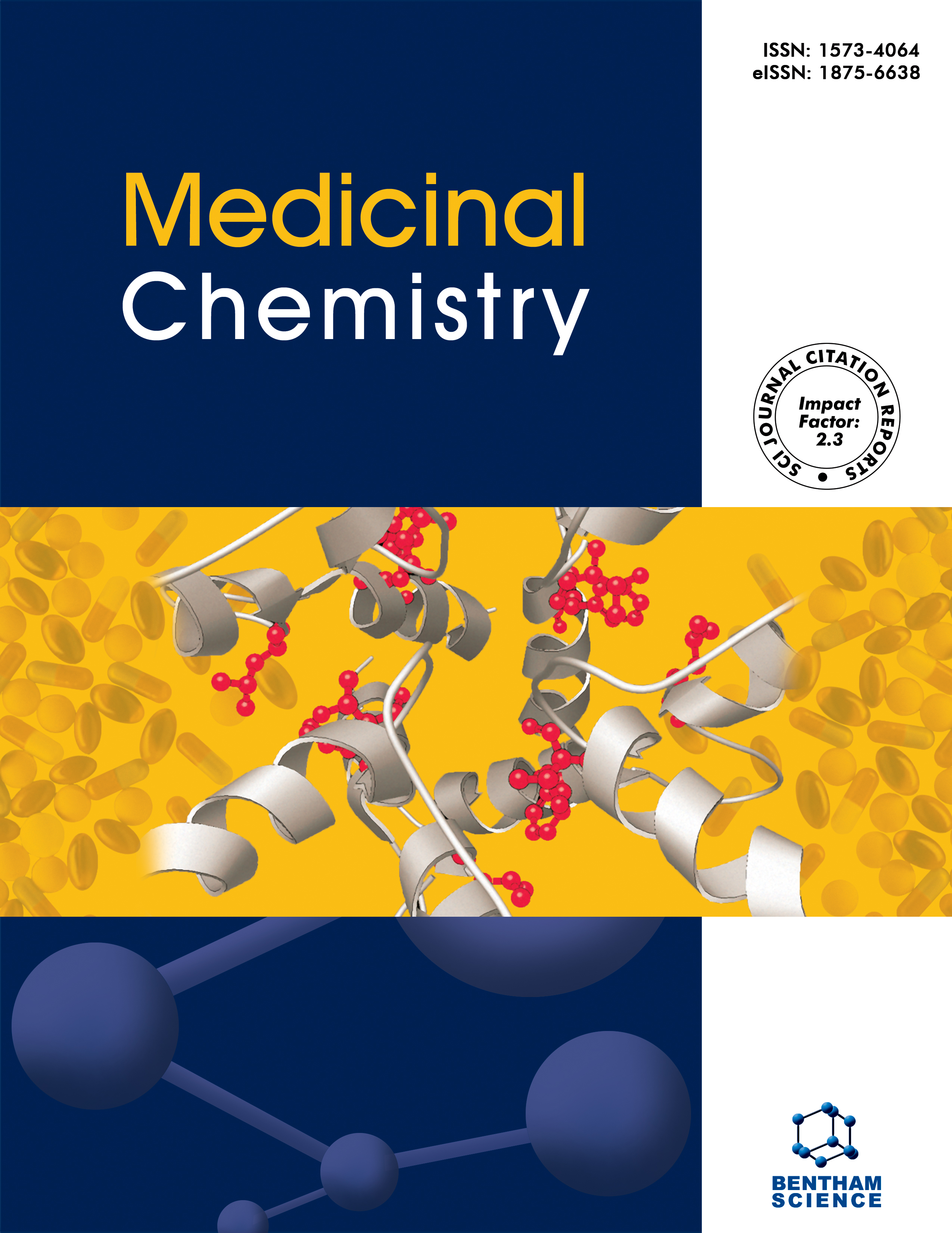- Home
- A-Z Publications
- Medicinal Chemistry
- Previous Issues
- Volume 20, Issue 9, 2024
Medicinal Chemistry - Volume 20, Issue 9, 2024
Volume 20, Issue 9, 2024
-
-
An Overview of the Pharmacological Activities and Synthesis of Benzothiophene Derivatives
More LessAuthors: Shilpi Pathak, Ansh Pratap Singh, Richa Sharma and Rahul PandeyOne important class of organic compounds having many uses, especially in medical chemistry, is benzothiophene and its derivatives. This review examines the biological activity of benzothiophene derivatives and summarizes the synthetic methods used in their production. The effectiveness of several synthetic pathways, such as cyclization techniques, functional group modifications, and reactions catalyzed by transition metals, Read More
-
-
-
Targeting Diabetes with Azole-derived Medicinal Agents
More LessAzoles have long been regarded as an ideal scaffold for the development of numerous innovative therapeutic agents as well as other incredibly adaptable and beneficial chemicals with prospective uses in a variety of fields, including materials, energetics (explosophores), and catalysis (azole organocatalytic arbitration). Azoles exhibit promising pharmacological activities, including antimicrobial, antidiabetic, antiviral, antidepre Read More
-
-
-
New Thieno[2,3-d]pyrimidines as Anticancer VEGFR-2 Inhibitors with Apoptosis Induction: Design, Synthesis, and Biological and In Silico Studies
More LessBackgroundVascular endothelial growth factor receptor-2 (VEGFR-2) is a critical protein involved in tumor progression, making it an attractive target for cancer therapy.ObjectiveThis study aimed to synthesize and evaluate novel thieno[2,3-d]pyrimidine analogues as potential anticancer VEGFR-2 inhibitors.MethodsThe thieno[2,3-d]pyrimidine analogues were synthesized following the pharmacophoric features of VEGFR-2 i Read More
-
-
-
New 3-Hydroxypyridine-4-one Analogues: Their Synthesis, Antimicrobial Evaluation, Molecular Docking, and In Silico ADME Prediction
More LessAuthors: Sara Sadeghian, Fateme Zare, Lotfollah Saghaie, Afshin Fassihi, Pooria Zare and Razieh SabetIntroductionDrug resistance to existing antimicrobial drugs has become a serious threat to human health, which highlights the need to develop new antimicrobial agents.MethodsIn this study, a new set of 3-hydroxypyridine-4-one derivatives (6a-j) was synthesized, and the antimicrobial effects of these derivatives were evaluated against a variety of microorganisms using the microdilution method. The antimicrobial evaluation indic Read More
-
-
-
In silico and In vitro Assessment of Dimeric Flavonoids (Brachydins) on Rhipicephalus microplus Glutathione S-transferase
More LessIntroductionRhipicephalus microplus, an important cattle ectoparasite, is responsible for a substantial negative impact on the economy due to productivity loss. The emergence of resistance to widely used commercial acaricides has sparked efforts to explore alternative products for tick control.MethodsTo address this challenge, innovative solutions targeting essential tick enzymes, like glutathione S-transferase (GST), hav Read More
-
Volumes & issues
-
Volume 21 (2025)
-
Volume 20 (2024)
-
Volume 19 (2023)
-
Volume 18 (2022)
-
Volume 17 (2021)
-
Volume 16 (2020)
-
Volume 15 (2019)
-
Volume 14 (2018)
-
Volume 13 (2017)
-
Volume 12 (2016)
-
Volume 11 (2015)
-
Volume 10 (2014)
-
Volume 9 (2013)
-
Volume 8 (2012)
-
Volume 7 (2011)
-
Volume 6 (2010)
-
Volume 5 (2009)
-
Volume 4 (2008)
-
Volume 3 (2007)
-
Volume 2 (2006)
-
Volume 1 (2005)
Most Read This Month
Article
content/journals/mc
Journal
10
5
false
en


